Are you concerned about the amount of sugar in your diet and how it might affect your health and well-being? Reducing sugar can seem like a daunting task, especially when it feels like sugar is hiding in almost everything we consume. However, reducing sugar intake doesn’t have to mean sacrificing flavor. In fact, it’s entirely possible to enjoy delicious meals without the added health risks that come with a high sugar diet.
Let’s explore how you can successfully cut down on sugar while still delighting in your food. Whether you’re looking to improve your overall health, manage your weight, or simply enjoy more wholesome meals, these tips can help guide you toward a healthier lifestyle without compromising on taste.
Understanding Sugar and Its Impact on Health
Sugars are simple carbohydrates, found in both natural and processed forms. While our bodies need some sugar for energy, excessive intake is where concerns arise. Excess sugar consumption is linked to various health issues, including obesity, type 2 diabetes, heart disease, and tooth decay. Understanding the different types of sugar is crucial in learning how to reduce their intake.
Types of Sugar
- Natural Sugars: Found naturally in fruits, vegetables, and dairy. These sugars come with fibers, vitamins, and minerals which help metabolize the sugar in a balanced way.
- Added Sugars: Sugars that are added to foods and drinks during processing or preparation. This includes sugars in sodas, candies, cakes, and many processed foods.
Impact of Excessive Sugar Intake
When consumed in excess, added sugars can contribute to weight gain and various health conditions. The World Health Organization recommends that added sugars should make up less than 10% of your daily calorie intake—and ideally below 5% for additional health benefits. Reducing sugar can also lead to improvements in your energy levels and mood.
Tips for Reducing Sugar While Maintaining Flavor
You might be concerned that reducing sugar means losing that delightful sweetness or having bland meals. However, with the right strategies, you can maintain flavor while reducing sugar in your diet significantly.
Start Small and Make Gradual Changes
Making substantial changes overnight might feel overwhelming. Start by slowly reducing the amount of sugar you add to your coffee or transition to cereals with less sugar. Your taste buds will gradually adjust to the lower sweetness levels.
Use Natural Sweeteners
Natural sweeteners can be great substitutes for refined sugars. They provide sweetness with additional health benefits:
- Honey: Contains antioxidative and anti-inflammatory properties, making it a healthier choice than white sugar.
- Maple Syrup: Includes minerals like calcium, potassium, and iron.
- Stevia: A plant-based sweetener without calories, making it suitable for weight management.
- Coconut Sugar: Has a lower glycemic index than regular sugar, meaning it causes a slower rise in blood sugar levels.
Enhance Flavor with Spices and Herbs
Boosting the flavor without relying on sugar can be incredibly satisfying. Here’s how spices and herbs can enhance your meals:
- Cinnamon: Adds warmth and sweetness to oatmeal, yogurt, or coffee.
- Vanilla Extract: Use in baking and drinks for a sweet aroma without the added sugar.
- Nutmeg and Cardamom: Can bring a sweet and savory profile to a variety of dishes.
- Mint: Freshens up salads, desserts, and drinks.
Focus on Whole Foods
Whole foods such as fruits, vegetables, nuts, and grains contain natural sugars and are packed with nutrients. They provide a satisfying sweetness while keeping your sugar consumption in check. Opt for fresh or frozen fruits over canned fruits that often come in sugary syrups.
Mindful Eating
Mindful eating involves paying attention to the flavors and textures of your food while eating, which can enhance your overall dining experience and help you appreciate the natural flavors of foods without additional sugar.
Check Labels and Ingredients
Be vigilant about reading food labels and ingredient lists. Sugars are often hidden under different names. Here are some common names for added sugars you should watch out for:
| Common Name | Alternative Names |
|---|---|
| Sucrose | Table Sugar |
| High Fructose Corn Syrup | Glucose-Fructose Syrup |
| Maltose | Malt Sugar |
| Dextrose | Glucose |
| Syrups | Maple Syrup, Agave |
By identifying these hidden sugars, you can make more informed decisions about what you are consuming.

Reducing Sugar in Beverages
Beverages are a significant source of added sugar in many diets. By making simple swaps, you can enjoy flavorful drinks without the high sugar content.
Infuse Water with Fruits and Herbs
Enhance your water by infusing it with slices of fruits and fresh herbs. Combinations like cucumber and mint, or lemon and basil can provide refreshing flavors that make hydrating enjoyable.
Opt for Unsweetened Alternatives
Choose unsweetened versions of milk, tea, or coffee. Experiment with plant-based milks like almond or soy milk that often come in unsweetened varieties, adding a creamy and nutty flavor without added sugars.
Carefully Choose Alcoholic Beverages
Cocktails and mixed drinks can be surprisingly high in sugar. Opt for dry wines, spirits with soda water, or enjoy simple cocktails with minimal ingredients to avoid unnecessary sugars.
Baking and Cooking Without Sugar
Baking and cooking without sugar can initially seem challenging, but with some adjustments, it can be highly rewarding.
Substitute Ingredients in Recipes
Replace sugar with healthier substitutes in your favorite recipes:
- Bananas and applesauce can add moisture and natural sweetness to baked goods like muffins or loaves.
- Dates are naturally sweet and can be blended into smoothies or desserts to replace sugar, offering a caramel-like taste.
Experiment with Fruit
Incorporate more fruits into your desserts for natural sweetness:
- Berries: High in antioxidants, they can be used as toppings or in sauces.
- Pineapple or Mango: Grilled or used in salsas, they add a sweet touch to savory dishes.
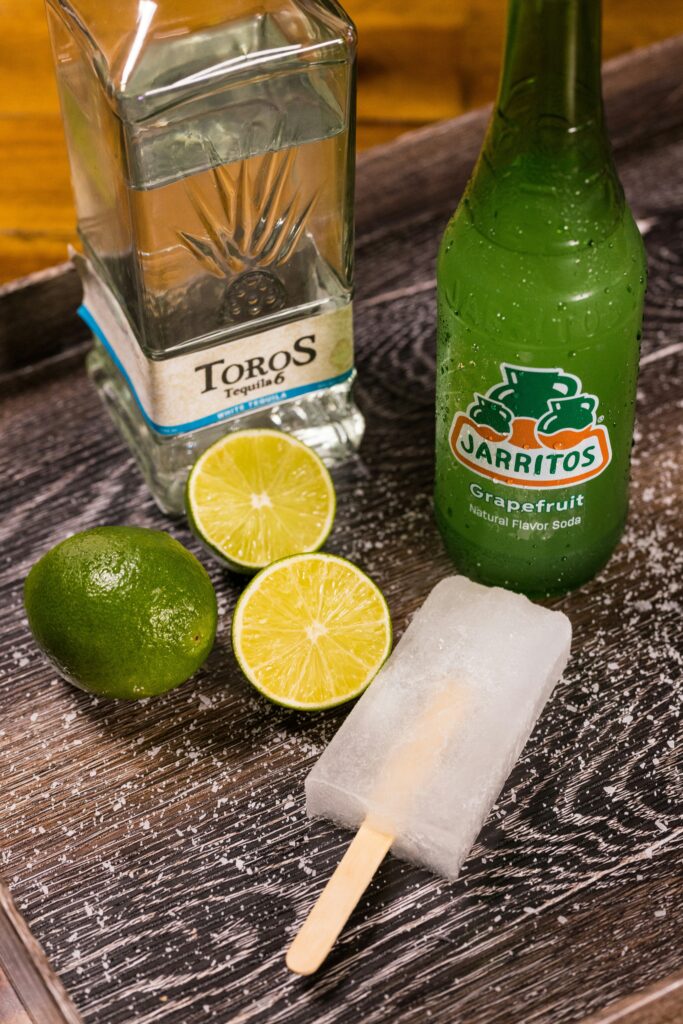
Emphasize the Quality of Sweet Treats
Reducing sugar doesn’t mean completely giving up on sweet treats. It means appreciating high-quality sweets occasionally, savoring their flavor rather than consuming them mindlessly.
Practice Portion Control
Enjoy smaller servings of sweet treats, focusing on quality over quantity.
Choose Dark Chocolate
Opt for dark chocolate with higher cacao content. It’s less sweet but offers rich flavors and health benefits due to its antioxidative properties.
Keeping Track of Your Progress
Monitor your progress by keeping a food journal. Note your cravings and adjustments. Celebrate small victories, as each step towards reducing sugar positively impacts your health.

Embracing a Balanced Lifestyle
Reducing sugar intake is an ongoing journey rather than a one-time achievement. It involves making sustainable changes to your diet and lifestyle. Embrace balance by enjoying a variety of foods that provide not only flavor but also nutrition.
The path to reducing sugar is individual and dependent on personal tastes and habits. Remember, you’re not just cutting out sugars; you’re discovering a world of flavors and health benefits without the excess sugar. With the right approach, you can enjoy a delicious, satisfying, and healthier diet, filled with vibrant tastes and rewarding experiences.
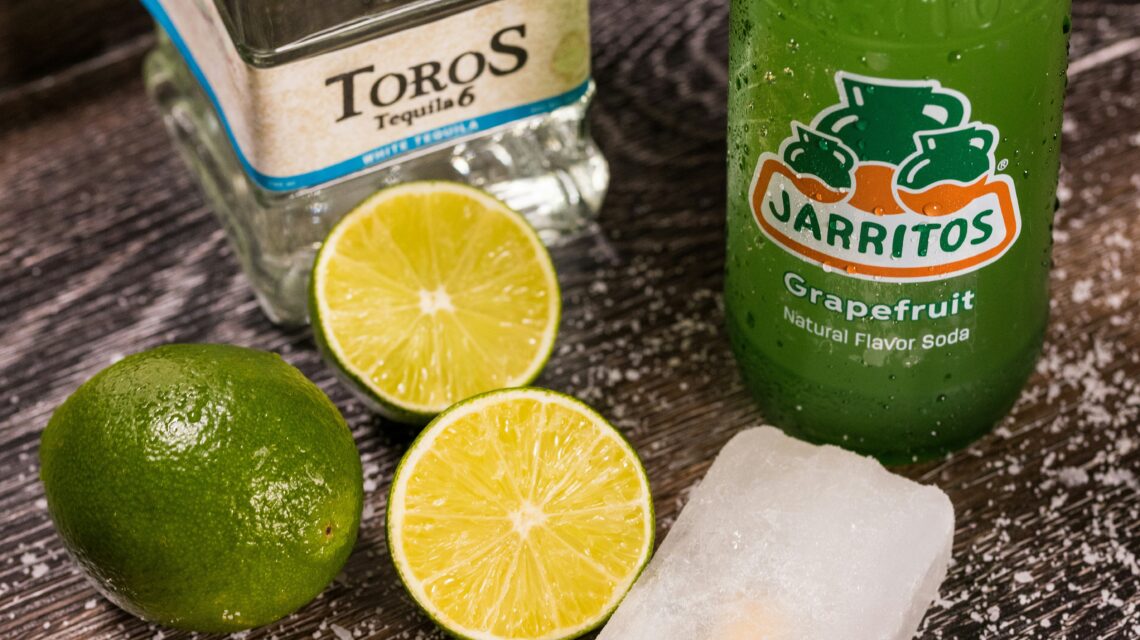
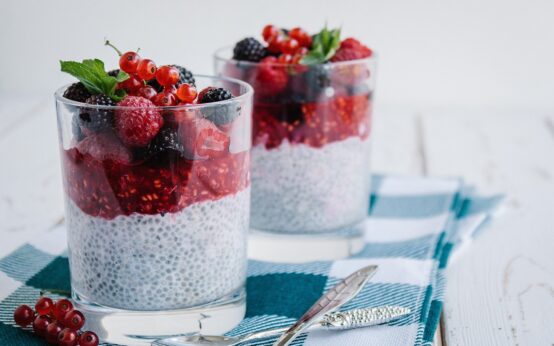 How To Create A Balanced Meal Plan For Optimal Health
How To Create A Balanced Meal Plan For Optimal Health  Top 5 Superfoods To Include In Your Diet
Top 5 Superfoods To Include In Your Diet 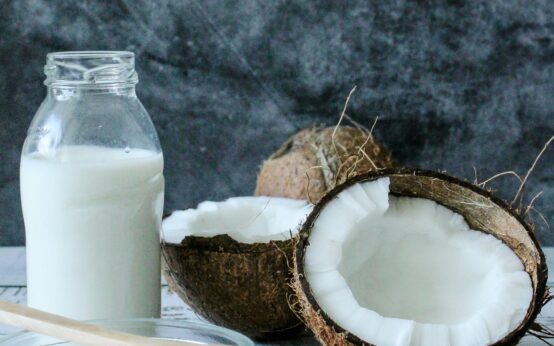 How Our Diet Affects Aging: Foods For A Longer Life
How Our Diet Affects Aging: Foods For A Longer Life 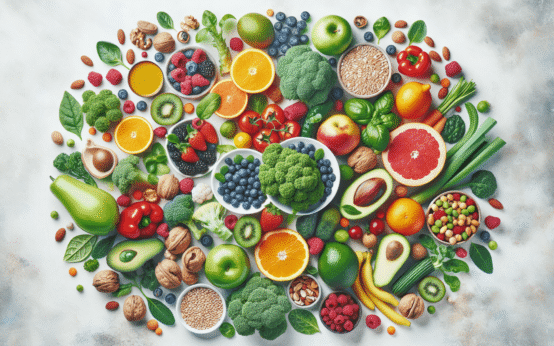 How To Create A Longevity-Boosting Diet Plan
How To Create A Longevity-Boosting Diet Plan 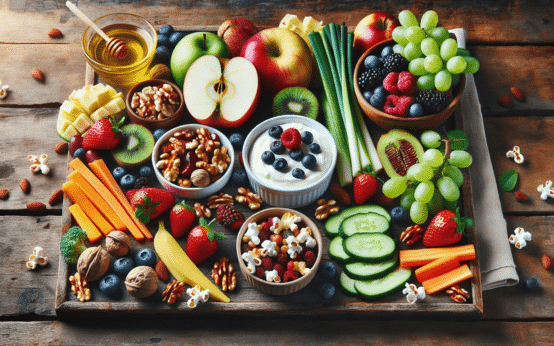 10 Healthy Snacks For Weight Loss
10 Healthy Snacks For Weight Loss  How To Meal Prep For The Week: A Beginner’s Guide
How To Meal Prep For The Week: A Beginner’s Guide  How To Create A Skincare Routine For Oily Skin
How To Create A Skincare Routine For Oily Skin  The Best Ingredients For Anti-Aging Skincare
The Best Ingredients For Anti-Aging Skincare  Skincare Myths That Are Wrecking Your Glow
Skincare Myths That Are Wrecking Your Glow  Natural Skincare 101: Everything you Need to Know
Natural Skincare 101: Everything you Need to Know  The Ultimate Guide To Sunscreen: What You Need To Know
The Ultimate Guide To Sunscreen: What You Need To Know  Guide to the Best Anti acne Products for Clear Skin
Guide to the Best Anti acne Products for Clear Skin